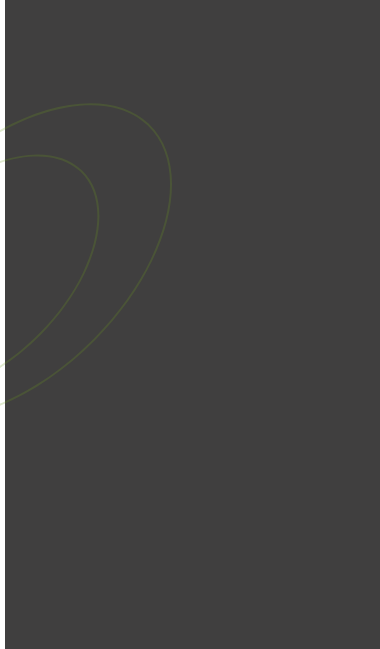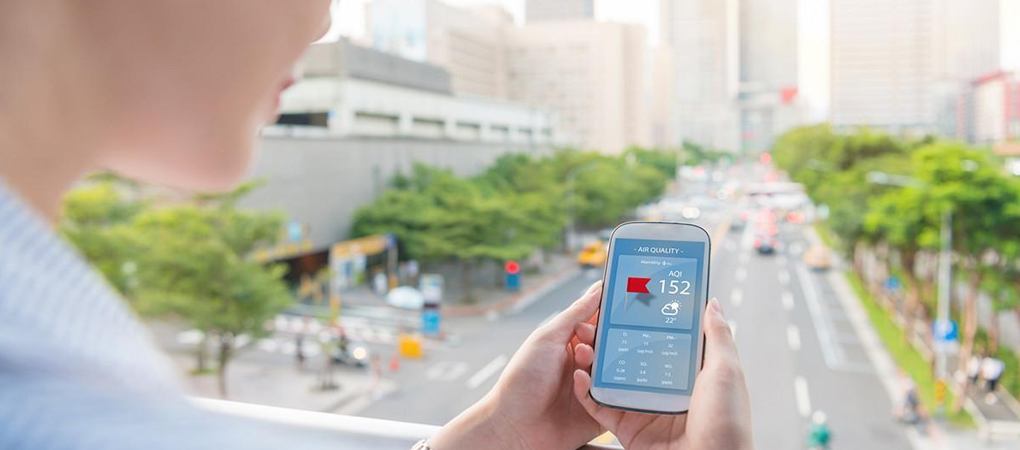

Emerging Technologies: Air Pollution and its control through the use of AI and Robotics

Air Pollution is everywhere – how can we curb it?
Air is one of the natural and essential constituents that serve to preserve the life forms on earth. The air we breath contains 21% oxygen utilized by the human body. Our survival depends on breathing air, so maintaining the quality and balance of the air around us is crucial.
However, since pollution surrounds us, breathing in natural air becomes difficult. According to World Health Organization (WHO), most of the air in the natural atmosphere in big cities is polluted. 9 out of 10 people in metropolitan city areas are prone to breathing contaminated air.
As a result of the pollutants, the quality of the air is degraded, which leads to a number of problems. Air pollution is everywhere hence researchers have found a way to mitigate the problem and control air quality with the help of AI and robotics.
AI can help analyze and predict air pollution
AI as a standout technology can make appropriate predictions and solve specific tasks to measure the air quality control. In addition to collecting data, AI can identify sources, forecast, and apply logic to air problems.
In the 1990s, AI methods were first tested in the context of local air quality forecasts. In those days, machine learning algorithms and computing power were about a million times less powerful than today. Therefore, machine learning results were only marginally better than those obtained with classical statistical methods. The breakthroughs in image recognition achieved through convolutional neural networks in 2012 rekindled atmospheric scientists’ interest in artificial intelligence. The use of advanced machine learning techniques can generate good-quality air pollution forecasts locally, according to several studies published since 2018.
Robots can combat air pollution by monitoring air quality
Scientists believe that robots can stem the tide of air pollution worldwide as several robots have already been tested or released with optimistic results.
To monitor air pollution, most cities use networks of stationary monitoring stations, Internet of Things sensors, and drones to be the most effective solutions since they could monitor the entire city autonomously, resolving the issue at a large scale.
Research conducted ITMO University in St. Petersburg, Russia showed that drones equipped with specialized sensors were used in a study to achieve widespread air-quality testing in Togliatti and nearby. Over a large distance, the drones collected data and analyzed air samples autonomously. Hence, in the future with the right tools and research drones could help heal air pollution.

Get In Touch
Contact us and find out how our services can benefit your company.
© 2025 Quantum IT Consultancy Services. All rights reserved.
